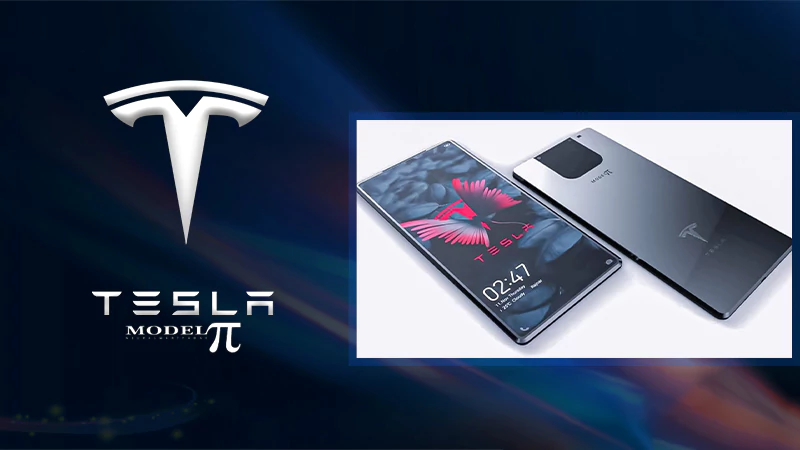If you’re like most people, you probably don’t know what a PCM is. You might have heard the term before, but you’re not sure what it means. In this blog post, we will discuss what a PCM is and everything you need to know about it!
What is a PCM and What Does It Do in a Car
A powertrain control module, or PCM, is an electronic control unit that monitors and controls the engine and transmission in your car. The PCM is responsible for ensuring that the engine is running at its optimal performance levels. It does this by constantly monitoring various sensors located throughout the vehicle and making adjustments as needed.
How to Maintain Your PCM
Once you have installed a new PCM in your vehicle, it is important to maintain it properly. This means regularly testing the PCM with a multimeter. You should also make sure to keep the PCM clean and free of dirt and debris.
If you have any questions about your PCM or how to maintain it, be sure to consult with a professional. They will be able to help you keep your PCM in top condition.
The Benefits of Having a PCM in Your Car
One of the benefits of having a PCM in your car is that it can help improve fuel economy. By constantly monitoring and adjusting engine performance, the PCM can help reduce fuel consumption. In addition, the PCM can also help to reduce emissions from the vehicle.
How to Choose the Right PCM for Your Vehicle
When choosing a PCM for your vehicle, it is important to select one that is compatible with your car’s make and model. You will also need to choose a PCM that is compatible with the engine type and transmission type in your vehicle.
Installation Tips for PCMs
Installing a PCM is not a difficult task, but it is important to follow the instructions carefully. If you are unsure about anything, it is always best to consult with a professional.
When installing a PCM, be sure to read the instructions carefully and follow the steps outlined. Some of the things you will need to do include:
- Remove the old PCM from your vehicle
- Install the new PCM in the vehicle
- Connect all of the wires and cables to the new PCM
- Test the new PCM to make sure it is working properly
Common Problems with PCMs
Common problems with PCMs include incorrect installation, faulty sensors, and software glitches. These problems can typically be resolved by following the troubleshooting steps in the PCM’s manual.
Conclusion
In this blog post, we have discussed what a PCM is and everything you need to know about it. We have also outlined the benefits of having a PCM in your car and provided tips on how to choose the right one for your vehicle. In addition, we have provided instructions on how to install a PCM and tips on how to maintain it. Finally, we have discussed some common problems with PCMs and how to solve them.
We hope that this blog post has helped answer your questions about PCMs. If you have any further questions, be sure to consult with a professional. Thanks for reading!
FAQ
Ans: There are a few ways that you can tell if your PCM is bad. One way is to check the engine light. If the light is on, then it’s likely that the PCM is bad. Another way to tell is to check the performance of your car. If it’s not running as well as it used to, then the PCM could be the problem. Finally, you can take your car to a mechanic and have them diagnose the problem.
Ans: The cost of replacing a PCM can vary depending on the make and model of the vehicle. Generally, it costs anywhere from $200 to $1,000 to replace a PCM. Some dealers may charge more, while others may offer a discount for those who bring their PCM.
Ans: Yes, you can drive a car with a bad PCM. However, the car may not run as smoothly or efficiently as it would with a functioning PCM. In some cases, the car may not run at all. If you are experiencing any problems with your PCM, it is best to have it repaired as soon as possible.







